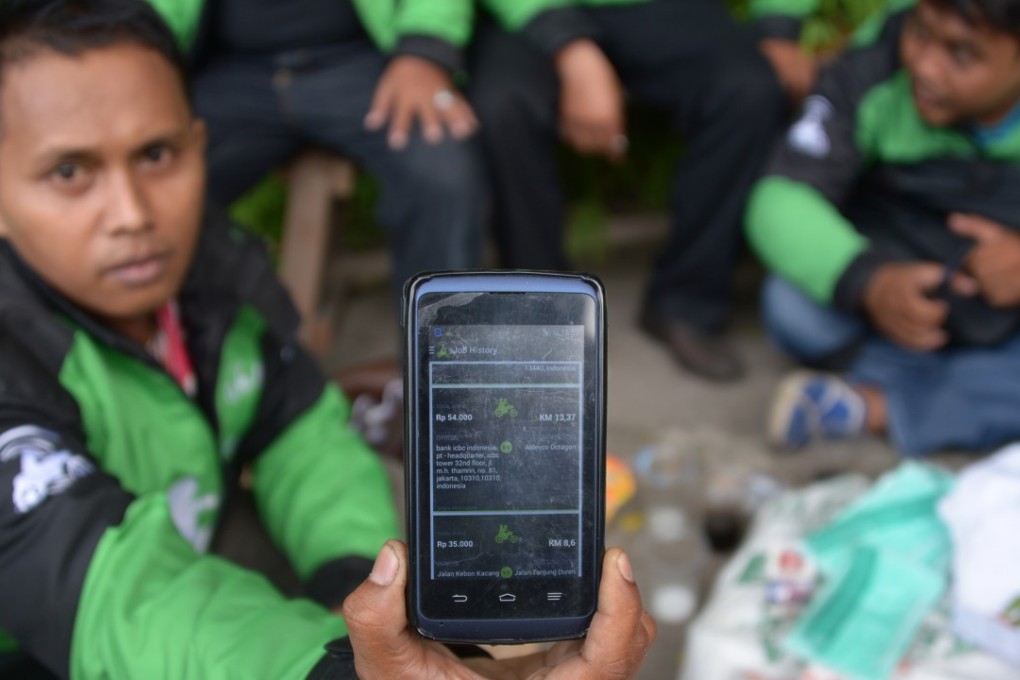Chinese app developers eye Southeast Asia for growth as home market matures

China’s app developers are increasingly shifting their focus overseas for new sources of traffic growth, with Southeast Asia as a key target given the high growth rates in the economies across this region and their tech-savvy population.
“There is a huge vacuum [in Southeast Asia]. The market is not very satisfied,” said Wei Ke, a partner at Huaxing Growth Capital, the investment arm of China Renaissance Group. “There are not a lot of innovative companies in the market.”
With the mobile phone app market in mainland China’s top-tier cities becoming saturated, Chinese technology companies see Southeast Asia as a huge new market. The region consists of 11 countries with a total population of 653.4 million, about 49 per cent of which live in urban areas, according to the latest United Nations estimates.
Indonesia, Malaysia, the Philippines, Singapore, Thailand and Vietnam were key drivers of Google Play’s nearly 10 per cent year-on-year download growth in the third quarter of last year, according to mobile app data and insights company App Annie, with Vietnam and Indonesia seeing double-digit growth.
Speaking at the AVCJ Private Equity & Venture Forum on Wednesday, Wei said there were several types of Chinese apps that could do well in the region, including photography, video, news aggregators, e-commerce and financial technology.
Wei has led investments in Chinese local services giant Meituan-Dianping and online classifieds provider 58.com.